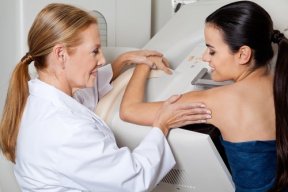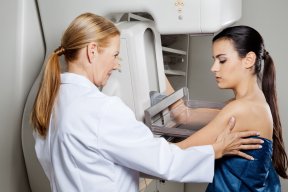
Widespread breast cancer screening may catch smaller, slow-growing tumors that are unlikely to be fatal without curbing the diagnosis of advanced cancer cases, a Danish study suggests. Diagnosis rates for early-stage tumors and pre-invasive malignancies known as ductal carcinoma in situ (DCIS) have surged in recent years as more women get screening mammograms. The current study offers fresh evidence linking routine screening to over-diagnosis of non-aggressive tumors because it compares outcomes over a single time period in two regions of Denmark – one that offered biennial mammography for women aged 50 to 69 and one that did not. The goal of mammograms is to detect tumors before they can be felt in a physical breast exam, catching cancer sooner when it’s easier to treat. Ideally, this should mean fewer women are diagnosed when tumors are bigger, rapidly growing, and harder to attack.

To see how well mammograms achieve this ideal, researchers examined data on more than 1.4 million Danish women aged 35 to 84 from 1980 to 2010. Organized breast cancer screening programs began in Copenhagen in 1991, Funen in 1993 and Frederiksberg in 1994 – altogether covering about 20 percent of the population. Other regions gradually introduced screening starting in 2007. Screening wasn’t associated with a lower incidence of advanced tumors, researchers report in the Annals of Internal Medicine. This raises doubts about whether mammography reduces breast cancer deaths, the researchers conclude. In addition, researchers estimate that as many as one in three breast tumors diagnosed in women who got mammograms would never have caused a noticeable health problem or led to death – and are therefore examples of over diagnosis. One limitation of the study is that because mammography has improved since this study began in 1980, women might get different results today, the authors note.








